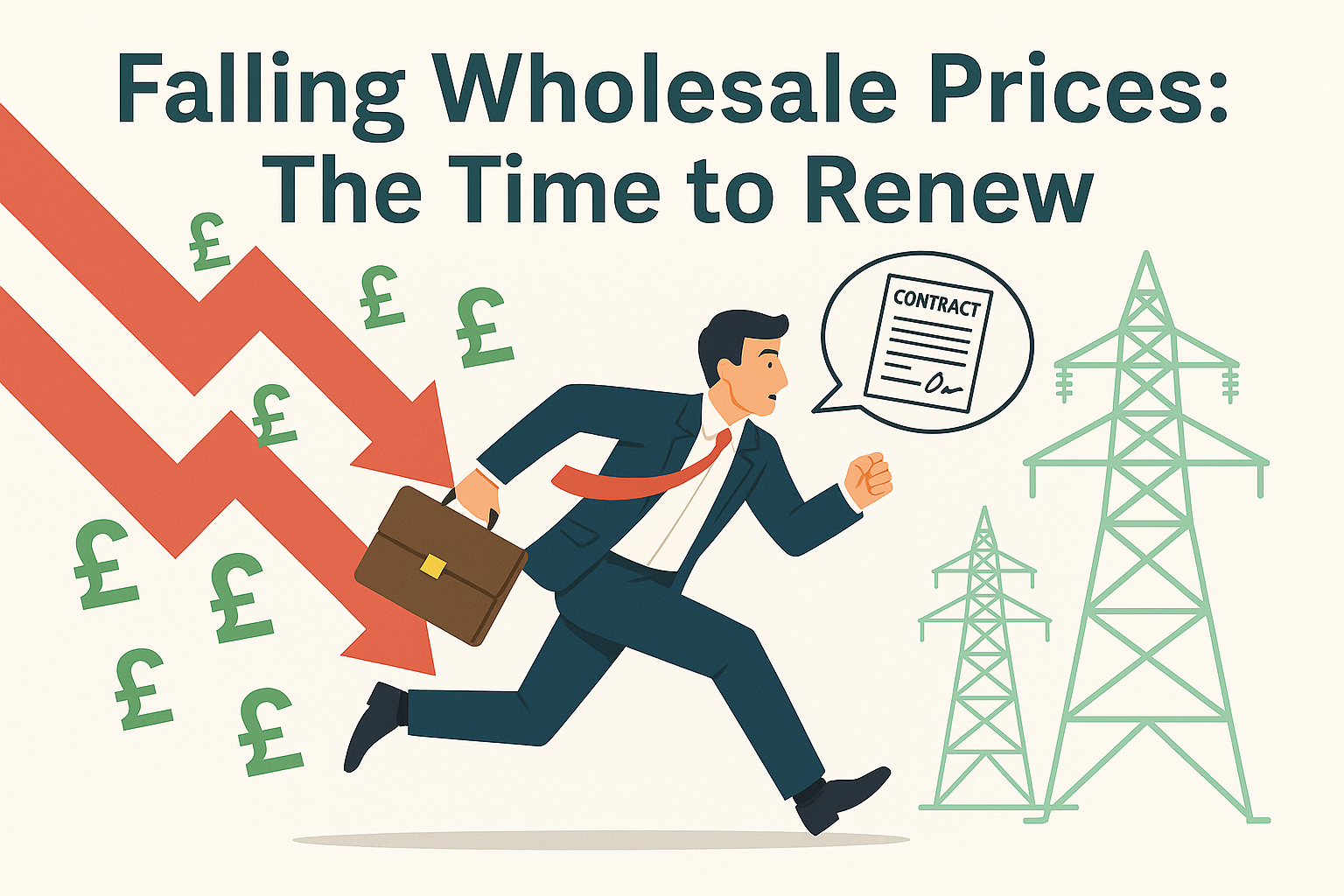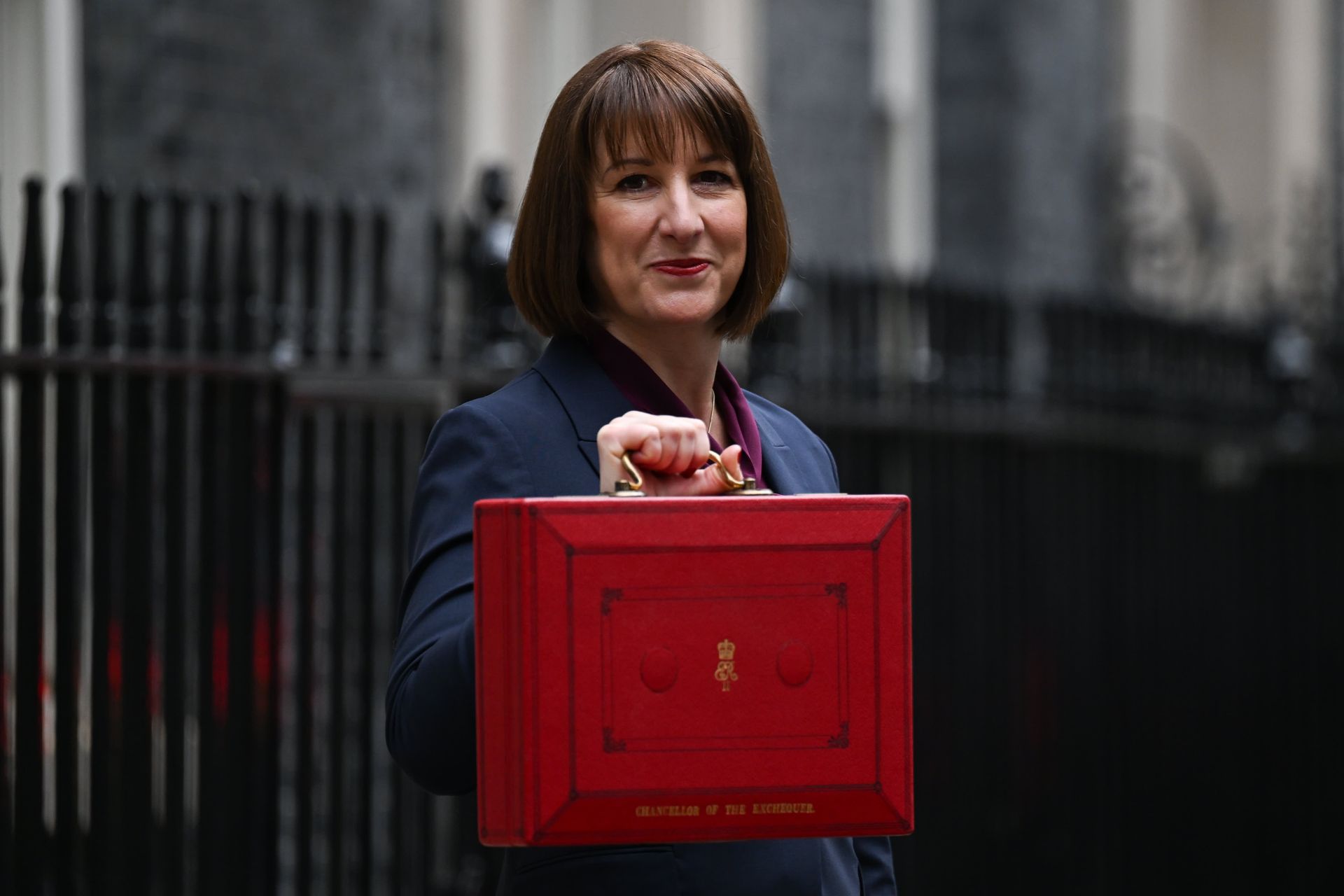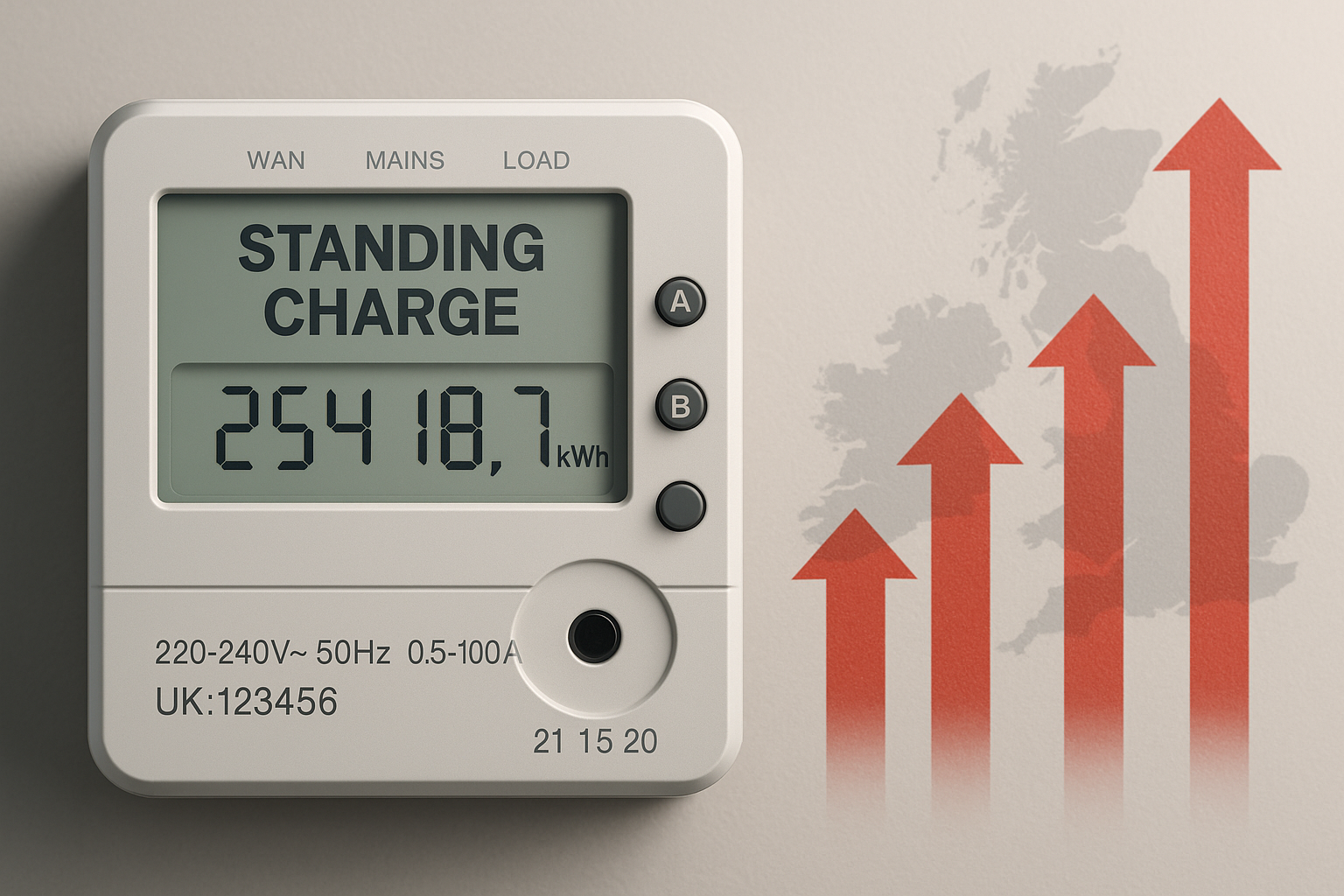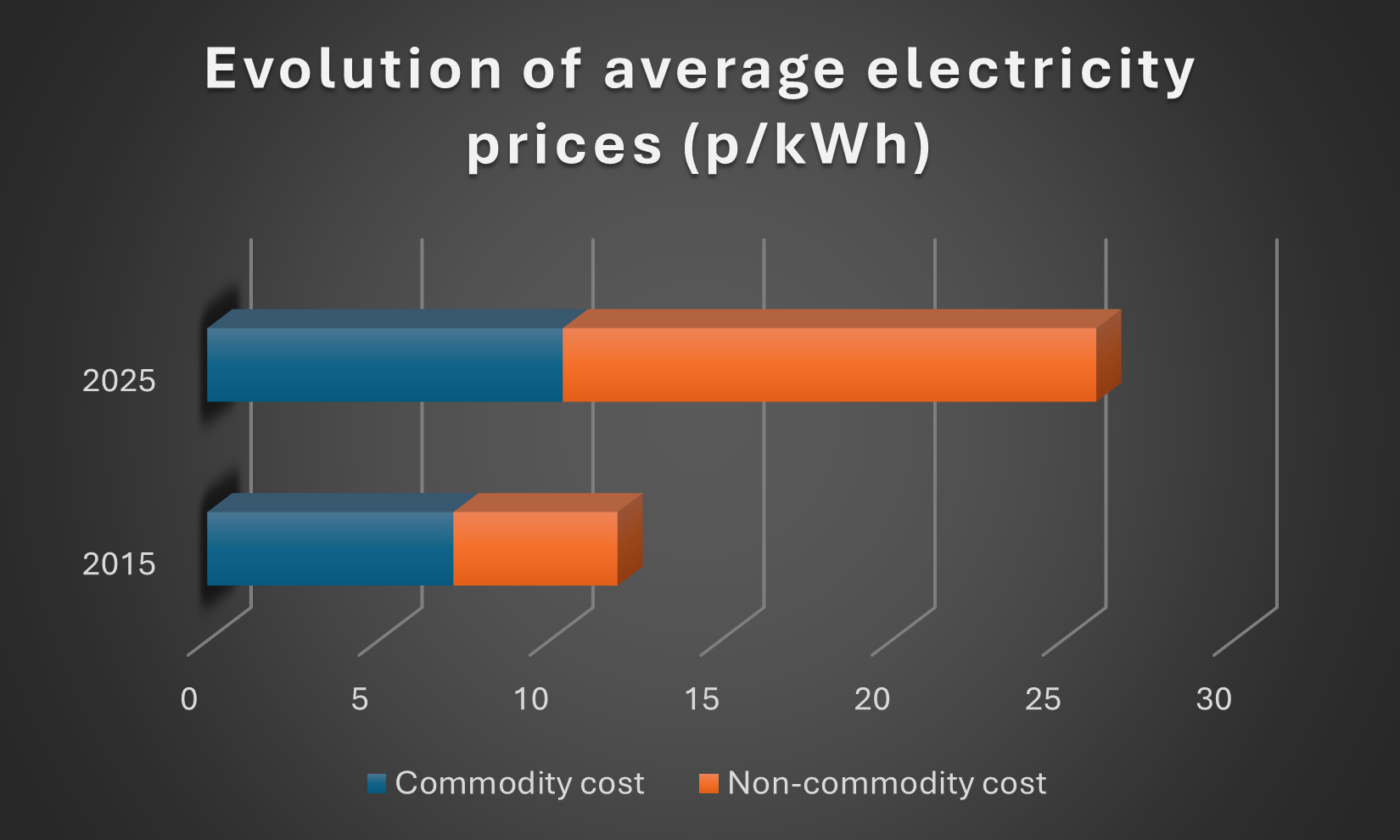May Review
May Review
In a month that saw the Premier League football season conclude with a familiar winner, there was a sense of familiarity regarding some of the more prominently reported energy stories.
The high prices seen last year were as a direct result of the Russia-Ukraine conflict and that remains a key driver in the energy markets.
When G7 leaders convened in mid-May discussions were held to prevent the resumption of Russia gas being exported to various Central European countries.
This move, designed to put pressure on Russia to end the conflict, shows an intention for Europe to permanently move away from dependence on Russian gas. This follows on from many European countries having above-normal gas reserves and alternative supplies seemingly filling the anticipated demand.
There have also been concerns as Russian ships were spotted near British shores. The UK defence secretary has spoken about Russian intending to attack infrastructure, and the undersea power cables could be seen as a vulnerable target.
However, there have been no confirmed interruptions to any of these cables and there is now an increase in Royal Navy patrols.
Electricity suppliers and charities united during May in an attempt to raise awareness for government voucher schemes. Over £100m is still available for eligible households to claim, with the discounts needing to be claimed before the 30th June.
Similarly to the household vouchers remaining unclaimed there are still a number of UK businesses eligible for the ETII scheme that are yet to apply, with applications for this scheme having their deadline in July.
You can get free assistance with your ETII applications today.
Outlook
While wholesale prices have been steadily falling this year, their drop has yet to be truly reflected in the prices most customers are paying for their energy. That could soon be set to change though. OFGEM have lowered their price cap and stated that the prices most households pay for their utilities is set to drop by over £400 from July.
However, the head of OFGEM has said that he expects prices to remain relatively high over the next 2 years. Even though prices have fallen from the levels seen last year they are still significantly higher than the levels before the Russia-Ukraine conflict, and it seems unlikely that prices will return to such a level in the near future.
Despite this sense of negativity, wholesale prices did continue to fall during May -- with current wholesale prices being priced below future contracts. This shows that there is an expectation wholesale prices will rise ahead of Winter ‘23 and that we could be close to the yearly low.
As has been the theme for the last 18 months, the energy markets remain volatile and are best navigated with caution.
If your business requires advice with its energy procurement, management, or planning, then don’t hesitate to contact Seemore Energy to speak to experienced advisors who can help you with bespoke strategies and advice that is tailored to your needs.










